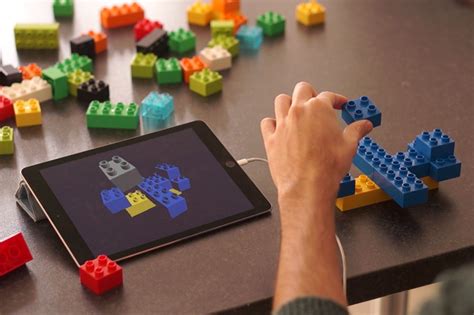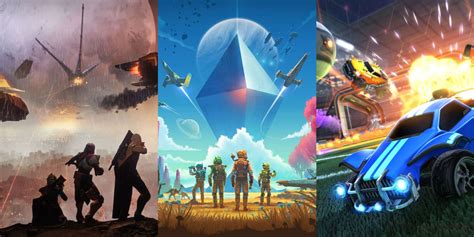Digital Lego

Digital Lego, a concept that has been evolving over the years, represents the intersection of physical building blocks with digital technologies. This convergence has led to the creation of immersive, interactive, and highly engaging experiences that go beyond the traditional Lego play. At its core, Digital Lego combines the timeless appeal of physical Lego bricks with the limitless possibilities offered by digital platforms, creating a new dimension of play, creativity, and learning.
The evolution of Digital Lego can be traced back to the early 2000s, when Lego first began to explore the potential of digital media. Initially, this involved the development of video games and virtual building experiences that allowed users to create and manipulate Lego models in a digital environment. However, it wasn't until the release of Lego Digital Designer in 2004 that the concept of Digital Lego started to gain momentum. This software enabled users to design and build Lego models on their computers, which could then be shared online or even ordered as real sets.
Fast forward to the present day, and the landscape of Digital Lego has expanded exponentially. The introduction of augmented reality (AR) and virtual reality (VR) technologies has revolutionized the way people interact with Lego. For instance, the Lego AR Play app brings physical Lego sets to life, allowing users to engage in immersive AR experiences that blend the physical and digital worlds. Similarly, Lego VR experiences offer users the chance to step into the world of Lego, exploring and interacting with virtual environments in unprecedented ways.
The Future of Digital Lego

As technology continues to advance, the future of Digital Lego looks brighter than ever. With the rise of artificial intelligence (AI) and machine learning (ML), Lego is poised to integrate these technologies into its digital offerings, enabling more personalized and adaptive play experiences. Imagine, for example, a Lego set that can adjust its difficulty level based on a child's skill level or a virtual Lego world that evolves and changes in response to user interactions.
Moreover, the potential for cross-platform play and cloud-based services is vast, allowing users to access and share their Lego creations across different devices and platforms. This could lead to the development of vast, community-driven Lego universes, where users can collaborate, share, and build upon each other's creations.
Digital Lego and Education
One of the most significant benefits of Digital Lego is its potential to enhance learning and education. By combining physical building with digital technologies, Digital Lego can help develop a range of essential skills, including problem-solving, critical thinking, and creativity. Moreover, the ability to simulate real-world scenarios and environments can make complex concepts more accessible and engaging, particularly in subjects like STEM education.
For example, the Lego Mindstorms series allows users to design, build, and program their own robots, introducing them to fundamental concepts in programming, engineering, and robotics. Similarly, Lego Education offers a range of digital tools and resources designed to support teachers and students in the classroom, providing interactive and engaging ways to learn about subjects like math, science, and language arts.
| Digital Lego Platform | Key Features |
|---|---|
| Lego Digital Designer | Virtual building, model sharing, and ordering |
| Lego AR Play | Augmented reality experiences, interactive play |
| Lego VR | Immersive virtual reality experiences, interactive exploration |
| Lego Mindstorms | Robot design, building, and programming |
| Lego Education | Digital tools and resources for classroom learning |

Key Points
- Digital Lego combines physical building blocks with digital technologies to create immersive and interactive experiences
- The evolution of Digital Lego has led to the development of AR and VR experiences, virtual building software, and educational platforms
- The integration of AI and ML can enable more personalized and adaptive play experiences
- Digital Lego has significant potential in education, enhancing learning and developing essential skills like problem-solving and critical thinking
- Cross-platform play and cloud-based services can facilitate community-driven Lego universes and collaborative play
As we look to the future, it's exciting to consider the possibilities that Digital Lego has in store. With its unique blend of physical and digital play, Digital Lego is poised to inspire a new generation of builders, creators, and learners, providing a platform for limitless imagination, creativity, and innovation.
What is Digital Lego?
+Digital Lego refers to the combination of physical Lego bricks with digital technologies, creating immersive and interactive experiences.
What are the benefits of Digital Lego in education?
+Digital Lego can enhance learning, develop essential skills like problem-solving and critical thinking, and provide interactive and engaging ways to learn about complex concepts.
Can Digital Lego be used for collaborative play?
+Yes, Digital Lego enables cross-platform play and cloud-based services, facilitating community-driven Lego universes and collaborative play.



